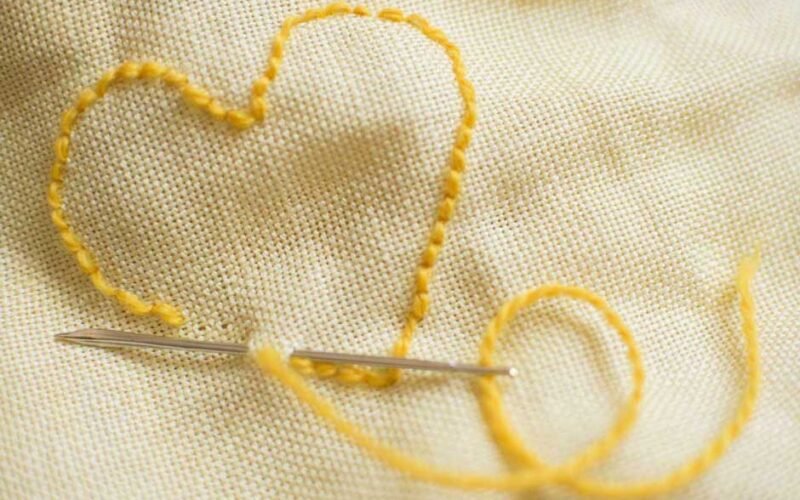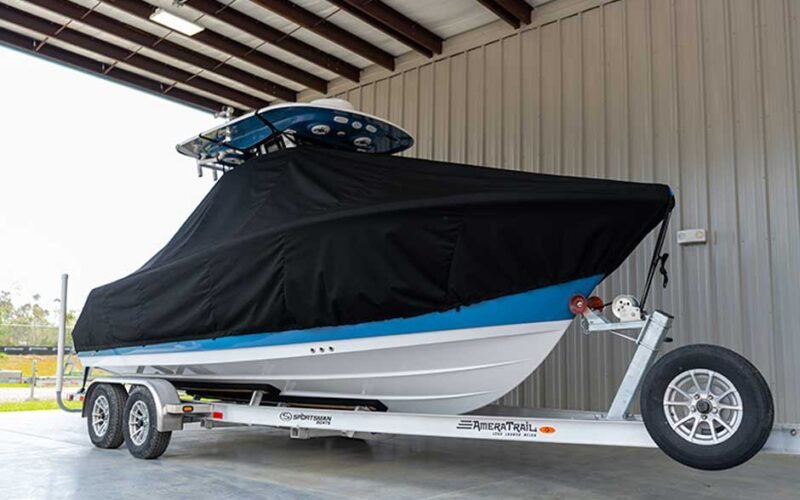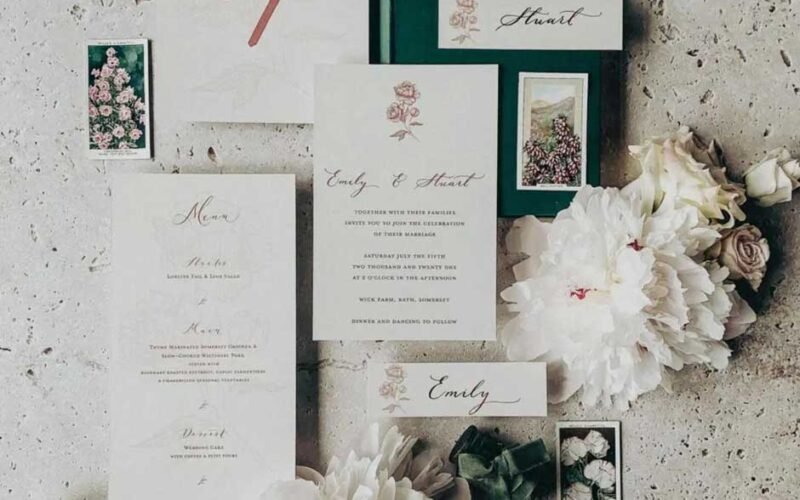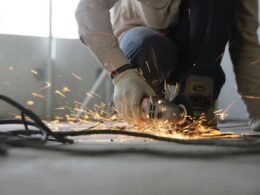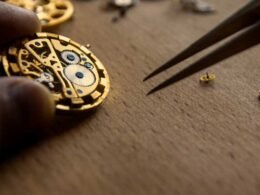The enthusiasts of embroidery know the pleasure of watching designs come to life stitch-by-stitch until suddenly, everything goes wrong. The threads get damaged, the colors fade and tension is slack making what is supposed to be a leisurely craft to an unnerving experience. If you are working with designs that machine embroidery designs Australia artists are awestruck with or stitching by hand on a personal project thread problems can halt even the best-planned work.
From knots that look mysterious to wavy threads The common thread problems are easy to fix. Knowing what causes them and ways to avoid them, can make a difference in the time spent dismantling and reworking.
Thread Breakage: More Than Just Bad Luck
There are a few things that can disrupt the flow of embroidery like thread snapping in mid-stitch. Although it may seem random, the fact is that thread breakage typically has a clear cause. The thread that is of poor quality usually tops the list. Cheap threads do not have the strength needed to stand up to the speed of machines or to sustain consistently pulling hands. Be sure to select reliable brands when choosing threads to machine-embroidered designs. Australian craftsmen rely on it.
Tension issues can also cause breaking. The tension of the upper ring is too tight, straining threads, while bent or rough needles cause friction points. When using machines, examining for tension adjustments and changing needles on a regular basis prevents excessive tension on threads. Hand embroiderers must avoid pulling stitches too tight, as this causes the thread to weaken over time.
Needle size is also important. A needle that is too small to fit the thread forces it to pass through fabric at a high resistance, resulting in a higher risk of breaking. A match between the size of the needle and thread weight will ensure a seamless stitching.
Thread Fraying: When Stitches Come Undone
Fraying threads can leave an unattractive fluff of fabric and may compromise the design integrity. This happens most often with cheap threads, or ones that are not made to be used in machines that are high speed. Polyester threads tend to resist fraying more than cotton, which makes them perfect for intricate machine embroidery designs. Australia sewists are known to stitch frequently.
If you use the wrong needle, it can lead to fraying. Embroidery needles come with larger eyes to decrease friction on threads sharp needles can pierce fabrics without tearing threads. Hand embroidery is a great option, threads with shorter lengths reduce damage to the handle and beeswax coatings are able to smooth threads with a problem.
Color Bleeding: A Stitch in Time Saves Nine
It’s not easy washing a piece of work only to discover vivid reds leaking into sparkling whites. The cause of this common problem is unsteady dyes found in threads with low cost. Before you decide to commit to a particular project, you should test threads for colorfastness by soaking them with water and pressing them against white fabric. Any color transfer can indicate bleeding dangers.
For objects that require regular washing, threads made of polyester beat cotton with regard to retention of color. Some embroiderers wash threads with sodium or vinegar solutions in order to fix dyes however, the results can differ. If you are working with threads that have been questioned, think about dry cleaning only, or spot-cleaning the finished piece.
Uneven Stitch Appearance: Tension Troubles
Stitches that appear loose or puckered or appear inconsistently tight are usually a sign of tension issues. Machine embroiderers must firstly rethread their machine thoroughly. An incorrectly sitting bobbins can lead to tension problems. For ongoing issues, adjusting the tension of the upper bobbin gradually could make it easier to control stitching.
Hand embroiderers make uneven stitches due to the variation in tension. It takes time to maintain a consistent tension however, frames or hoops can stabilize fabric, decreasing inadvertent tightness fluctuations. Certain threads, like slippery rayon, require gentle handling to avoid irregular stitches.
Thread Bunching: The Knotty Truth
Thread nests formed under fabric are a major issue for embroiderers. The tangles that cause frustration usually signify an incorrect threading of the bobbin or mismatched weights of the threads at the top and bottom. Machines require the bobbin thread to flow freely. Ensure that the bobbin’s case is clean and properly fitted.
Utilizing the same thread weight on both the needle and the bobbin can prevent an imbalance. When working with special top threads, you should pair them with bobbin threads that are compatible instead of settling for traditional options. Hand embroidery requires shorter lengths of thread as well as regular knot check-ups can prevent knots from forming before they even begin.
Thread Fading: When Brights Go Dull
The sun’s rays act as natural bleaching on several threads, slowly reducing their sparkle. Threads made of cotton and silk are the most susceptible to fading, while polyester has better UV resistance. When it comes to pieces that are designed for sunny places, such as wall hangings or cushions UV-protective sprays offer some protection against fade.
Or, keep the embroidery from direct sunlight, or frame it with glass that is UV-filtering. When choosing threads for long-term projects, you should consider brightness ratings over colorfastness.
Conclusion
High-quality threads specifically designed for embroidery can avoid the majority of problems. By choosing reputable brands that are suitable to the type of project you are working on, whether soft silk to handwork, or robust polyester for machine designs — will help avoid frustration in the future.
Always examine threads on scraps of fabric prior to starting your principal project. This can reveal potential issues with colorfastness, tension, or compatibility. When working with machines, routine maintenance like cleaning lint, and changing needles helps keep everything running effortlessly.
With the right materials and techniques, even complex machine embroidery designs Australia creators admire will stitch out perfectly every time.




